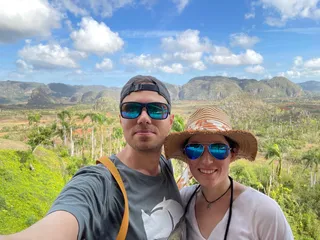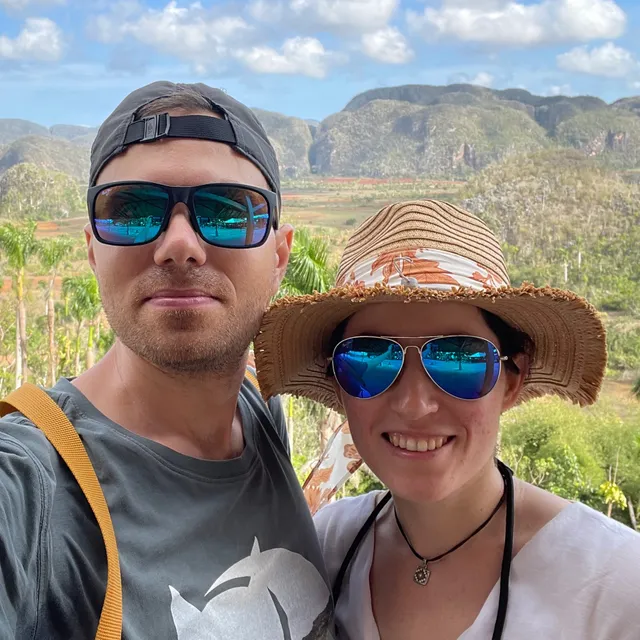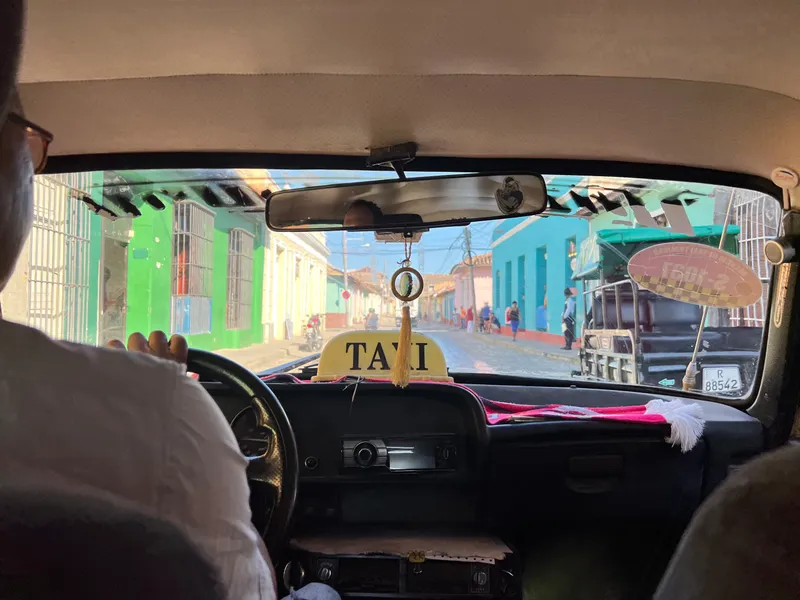Photos, videos, words, nothing can encompass the true reality of Cuba. Your imagination and the visual cues that you get from the web are simply not enough. Cuba activates all your senses, arousing in your body a complex array of stimuli that you can never anticipate.
Cuba is a unique and culturally rich experience that guided us through extreme feelings and stark contrasts, from awe to despair, from fullness to starvation, from poorness to richness. At the end of the day you end up intrigued and contemplating about society’s dynamics.
As travelers seeking new and unique feelings, Cuba meets all the criteria for an outstanding travel destination. It provides adventure, cultural shock, and many life lessons. In a way, Cuba as it is today has the power to leave a mark on any traveler’s life. What we doubt is the benefits that this power has on the people living in this country. Cuba as it is today is what attracts visitors. The same aspects that attract visitors, make life difficult for the Cubans.
A walk through Old Havana will tell you that the old buildings that give Old Havana its charm in photos are buildings tearing down into pieces. It is your responsibility to make sure nothing falls on your head. What images can’t capture and convey is the distinctive smell. Old Havana, in particular, has its own scent that is hard to endure. The streets are dirty and full of organic and decomposing waste, wash water, and animal poo to name a few. It’s like the smell of organic waste that has been sitting in the sun for a few days dripping on the ground.
Does travel to Cuba keep Cubans from evolving?
Travel brings a huge influx of foreign currency into the country from which some people benefit. If Cuba weren’t what it is, then tourism might drop. The culture and the way people live is currently the main tourist attraction of Cuba. If this changes, then tourism might change, and so might the income from tourism.
Are we really helping Cubanos or making things worse? Aren’t we helping just some of them, but making things worse for the most?
Cubanos don’t have access to a lot of basic products that we couldn’t image our lives without, like baby diapers, women’s period supplies, or even soap. A huge part of these products (if not all) are imported and only available in special stores with imported products. In order to buy from these stores, the people from Cuba can’t use their own currency, and not even foreign currency as cash. The government created a virtual currency called MLM that can be received on a special Cuban card in exchange for foreign currency deposited at the national bank. In other words, cubanos earning money from tourists can have access to these products when they give their foreign currency earnings to the government. People not working in the tourism industry have nothing more than local products. Local products might sound like a good thing, but it is a hard way to make a living if you live in a country that doesn’t produce much, and shelves are usually empty.
Is it moral to make poverty a tourist attraction?
In Trinidad, we saw kids begging on the streets for soap and shampoo to wash themselves. The second most requested item on the kids’ list was candies. We wish we had something for them, but we were not expecting this. We later learned that a few months before we visited Cuba, there was a shortage of soap, especially in Trinidad. It might be possible that most people still didn’t have soap, but we did because tourists are usually privileged during their trip to Cuba, and people working with tourists have access to more goodies. Tourists in Cuba are well taken care of. When there’s a shortage of something, there’s always a special reserve for tourists. That applies to food at restaurants and gasoline as well. This doesn’t mean that Cuba is risk-free for travelers!
In the end, Cuba was a temporary experience for us, and then we left the country. However, millions of people live there, and that is their day-to-day life. While a shocking experience might be good for a curious traveler, actually making a living there is an enormous challenge for everyone. Maybe we should all stop romanticizing Cuba for a minute, and see the true story about its people’s poverty and misery.
In these tough conditions, we met some of the kindest people, that prepared delicious meals for us, and made sure we had absolutely everything we needed. Especially Viñales is a location very close to our hearts. It almost had a homey feeling despite its challenges. Learning just a bit of Spanish will allow you to create meaningful connections with locals. Some people working in the tourism sector will know a bit of English as well, but speaking their language is like a bonus for the whole trip.
Explore our entire range of articles about places to see and activities to do in Cuba. Learn how to manage transporation, handle money, make payments, and how to stay safe during your entire trip:
 Travelfoss
Travelfoss
Related Travel Articles
- What You Should Know Before Traveling to Cuba
- Trinidad Itinerary: What to do in 2 (or more) Days
- Discovering Trinidad, Cuba: Exciting Things to See and Do
- Trinidad Nature Escapes: Playa Ancón, Topes de Collantes, and Valle de los Ingenios
- 7 Unique Travel Destinations for 2024
- Trinidad, Cuba: Heritage, History, and Hidden Delights Revealed
- Top things to do in Viñales, Cuba: Activities and Experiences You Can't Miss
- Traveling to Viñales: What You Need to Know Before You Go
- Valle el Silencio: Hiking, Horseback Riding, Tobacco, Rum, and More

Writing free, independent and personal travel content since 2021. If you appreciate what we do, then you can return the favor by using the affiliate links below.
- Get your accommodations on Booking.com
- Buy your gear and gadgets from Amazon
- Book flights using Expedia
- Book activities on Get Your Guide
- Book guided trips on G Adventures

Writing free, independent and personal travel content since 2021. If you appreciate what we do, then you can return the favor by using the affiliate links below with no cost for you.
